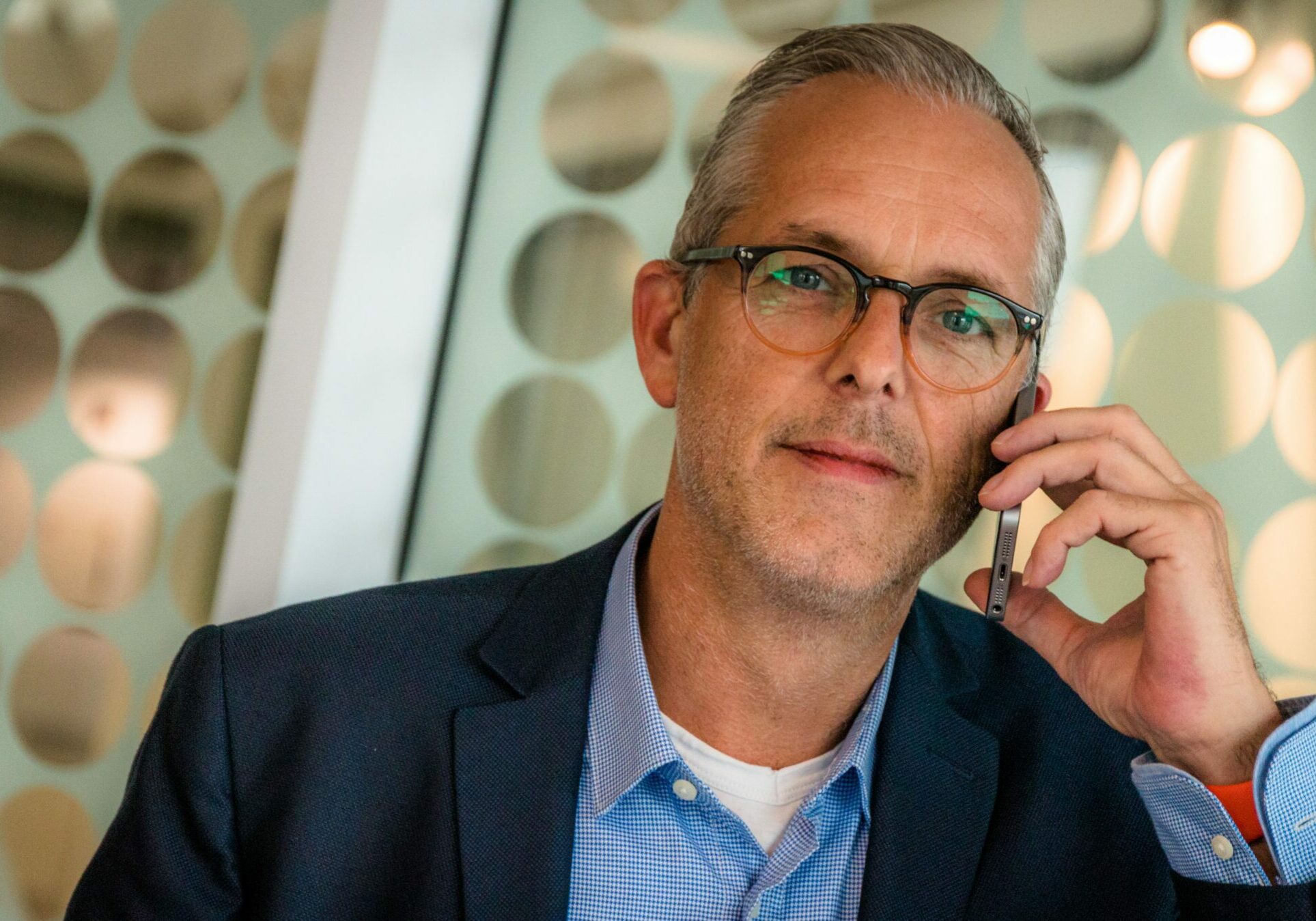How to be Relevant in an Age of Ageism

According to the Bureau of Labor Statistics, on average, a 54-year-old job hunter will be unemployed for nearly a year. More than half of workers over 50 lose longtime jobs before they are ready to retire, according to a recent analysis by the Urban Institute and ProPublica (New York Times). Of those, nine out of 10 never recover their previous earning power. Some are only able to find part time or contract work.
Let’s face it- hiring managers don’t always value wisdom and experience. As candidates age, many face the reality of getting beaten for jobs by someone younger with less experience. Ageism is a form of discrimination, yet many companies don’t even realize it’s happening. Diversity plans often do not include age diversity.
As older candidates look into the eyes of interviewers half their age, how can they use their experience to their advantage? How do they come across as relevant, hip, technically savvy, and desirable?
Why Employers Who Undervalue Experience Are Missing Out
Employers may hesitate to hire older candidates because they fear they may soon retire. But younger people actually hop around more than older people (Stav Ziv, The Muse). Older candidates are often not as concerned with climbing the corporate ladder and may be satisfied in a position longer.
Undervaluing experience can be a costly mistake. Older employees have more developed soft skills like handling people and speaking with confidence. “By avoiding older workers, employers are missing out on workers with the most experience, who are likely to stay with companies longer than their younger counterparts, who usually understand the ethic of work and the cultures of workplaces, and who are likely to reward your faith with strong motivation to excel,” says Ruth Finkelstein, Executive Director of the Brookdale Center for Healthy Aging, and a professor of urban public health at Hunter College. With age as with other characteristics, she adds, “the research is clear: diverse work teams are more successful as they incorporate multiple perspectives.”
To attract older candidates, companies should consider posting positions on a variety of platforms instead of using a social-media only approach. Companies should also consider incorporating pictures of older employees in marketing materials.
Older Candidate Do’s and Don’ts
To better appeal to hiring managers, older candidates might consider the following:
- Don’t: list dates on your resume that make your age obvious.
- Don’t: list every job you’ve ever had in your career. “Hiring managers want to see the most current and relevant experience you have for the specific job you are applying to, so it’s really only necessary to go back 10-15 years in your work history,” said Toni Frana, one of FlexJobs’ career coaches.
- Do: Emphasize technology skills you possess and stay current on technology. A great way to stay up to date is by taking courses on sites like Udemy or Coursera.org. Depending on the position you are going for, Google OnAir offers free virtual workshops.
- Do: Mention the future and your future goals in interviews so employers can see how positive you are about working for years to come.
Ageism Requires Perseverance
At Artemis Consultants, we counsel candidates of all ages; we understand the frustrations of ageism. In 2008, my family had a personal experience with ageism. When the economy tanked, my father lost his job. Despite being a top 5% salesperson and perennial club award winner, the company saw an opportunity to downsize and save money, albeit a short-sighted decision. He was in his mid-50’s. In medical sales, that is old. It was devastating to him at the time and after several months searching for another medical sales job, he chose to forge ahead and create a new path. He became self-employed and now runs a successful business. It was a stressful experience, but a terrific example of how to defy being a victim and persevere.
The concept of ageism in the workforce, and how the 55+ demographic should represent themselves in the job market is discussed further in this Ageism podcast with Chris Gardner, CEO of Artemis Consultants.
We need a diverse workforce. Businesses thrive when they are challenged by different ways of thinking. “Diversity in teams or at senior management level brings a wealth of knowledge, experience and different perspectives. Those differences can be invaluable for innovation, problem solving, insight and creativity,” says Lynda Shaw of Forbes.
To reap the benefits of a diverse workforce, companies must create a respectful culture which comes from the top-down. It takes hard work to create a culture of acceptance, education, and communication but it will result in better team cohesion.
Ageism is a real concern for many. Have you experienced ageism?




